It’s been 14 years since I left the Philippines not knowing where my life is going to be. The eldest son of immigrants from Overseas Filipino Workers program, born in Saudi Arabia, I immigrated to the United States in 2003. I served in the US military for 5 years and traveled the world until my discharge in 2013. With a vision of serving humanity and learning more about cultures, I find myself deeply fascinated with Anthropology. The rest became history. As I read more and do research and with great mentorships from passionate professors I decided to focus on archaeology.
I am interested in sacred landscapes and ritual spaces primarily on caves. The rich indigenous culture of the Philippines presents an opportunity for me to explore this theoretical framework. My experiences from archaeological studies in Mesoamerica, Mojave Desert, and San Nicolas Island allows me a unique perspective in looking at sacred landscapes and I want to transition this culmination of interests to the Philippine.
I completed my bachelors in Forensic Psychology while serving in the United States Navy. After discharge, I intended to pursue a second bachelors in Anthropology until I was discovered by my current advisor Dr. James Brady and suggested I applied to the graduate program. I intended to study the Philippines as my geographical area of interest to do archaeology. However, taking classes with Dr. James Brady presented a unique opportunity for me to explore Maya excavations in the jungles of Belize in caves or subterranean spaces. The subterranean features are not only rich in material remains but also a source of great archaeological data.
Before I stepped into archaeology, my interest has always been to study and contribute to the history of the Philippine Islands. The route I took brought me to different areas of studies. This path introduced me to different environments making me flexible and adaptable in situations. My military experience had already made its contribution in the field as I help patched an injured friend during an unfortunate accident. I have enriched my skills in research during the time I spent in the graduate program in Cal State LA and I will continue to do so as I move forward in my studies.
The opportunities given to me by Dr. Stephen Acabado to join the Ifugao Archaeological Project (IAP) fulfills a long overdue research interest. Compared from my different field experiences in Mesoamerica and Mojave Desert, excavating in the rice terraces I experienced its own environmental challenges. Belizean jungle excavation is humid and hot, but excavating under canopies makes the heat bearable. The desert can be scorching hot but mountains and hills are really good shelters. The rice terraces require long treks to reach the excavation site under the scorching sun with few opportunities for shades. It’s only been one week and I suffered heat exhaustion in the field. Despite the difficulties, this field school contain the usual laughter of students eager to learn archaeology.
The great thing about going back to the Philippines to do field school is the recognition how comfortable I am to be around my culture. Karaoke is a staple past time for Filipinos. During off days, we sang from the Karaoke machine while we enjoy bottles of Fundador and San Miguel Beer. Sharing this experience with individuals who share a common passion about Philippine culture and more importantly Philippine Archaeology makes this an awesome experience. We ride the “Jeep” to and from the field. The ride doesn’t have a divider and we all squeeze in together like sardines in a can sharing the stench from a hard field day. Arriving in HQ, we get in a circle and talked how the day went for the students and look for ways to improve the learning and living conditions. Overall, after only a week of spending time with the crew, IAP field school is an awesome and fun experience to learn archaeology in the Philippines.
I am interested in sacred landscapes and ritual spaces primarily on caves. The rich indigenous culture of the Philippines presents an opportunity for me to explore this theoretical framework. My experiences from archaeological studies in Mesoamerica, Mojave Desert, and San Nicolas Island allows me a unique perspective in looking at sacred landscapes and I want to transition this culmination of interests to the Philippine.
I completed my bachelors in Forensic Psychology while serving in the United States Navy. After discharge, I intended to pursue a second bachelors in Anthropology until I was discovered by my current advisor Dr. James Brady and suggested I applied to the graduate program. I intended to study the Philippines as my geographical area of interest to do archaeology. However, taking classes with Dr. James Brady presented a unique opportunity for me to explore Maya excavations in the jungles of Belize in caves or subterranean spaces. The subterranean features are not only rich in material remains but also a source of great archaeological data.
Before I stepped into archaeology, my interest has always been to study and contribute to the history of the Philippine Islands. The route I took brought me to different areas of studies. This path introduced me to different environments making me flexible and adaptable in situations. My military experience had already made its contribution in the field as I help patched an injured friend during an unfortunate accident. I have enriched my skills in research during the time I spent in the graduate program in Cal State LA and I will continue to do so as I move forward in my studies.
The opportunities given to me by Dr. Stephen Acabado to join the Ifugao Archaeological Project (IAP) fulfills a long overdue research interest. Compared from my different field experiences in Mesoamerica and Mojave Desert, excavating in the rice terraces I experienced its own environmental challenges. Belizean jungle excavation is humid and hot, but excavating under canopies makes the heat bearable. The desert can be scorching hot but mountains and hills are really good shelters. The rice terraces require long treks to reach the excavation site under the scorching sun with few opportunities for shades. It’s only been one week and I suffered heat exhaustion in the field. Despite the difficulties, this field school contain the usual laughter of students eager to learn archaeology.
The great thing about going back to the Philippines to do field school is the recognition how comfortable I am to be around my culture. Karaoke is a staple past time for Filipinos. During off days, we sang from the Karaoke machine while we enjoy bottles of Fundador and San Miguel Beer. Sharing this experience with individuals who share a common passion about Philippine culture and more importantly Philippine Archaeology makes this an awesome experience. We ride the “Jeep” to and from the field. The ride doesn’t have a divider and we all squeeze in together like sardines in a can sharing the stench from a hard field day. Arriving in HQ, we get in a circle and talked how the day went for the students and look for ways to improve the learning and living conditions. Overall, after only a week of spending time with the crew, IAP field school is an awesome and fun experience to learn archaeology in the Philippines.
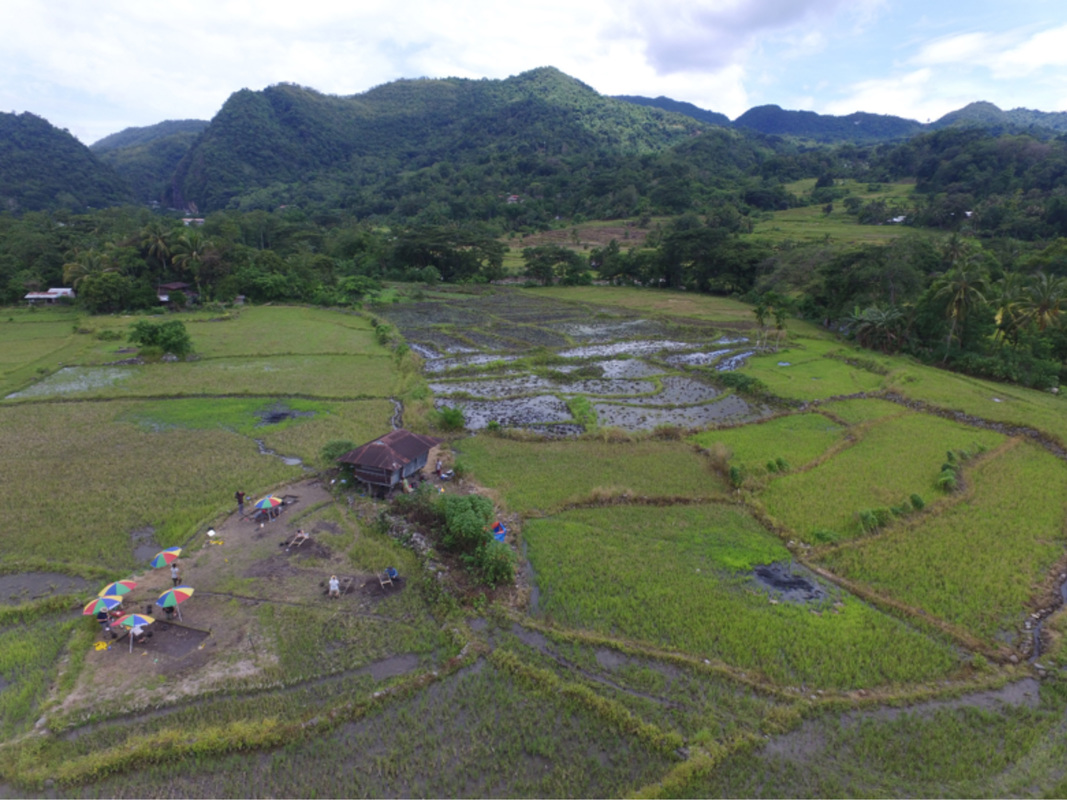
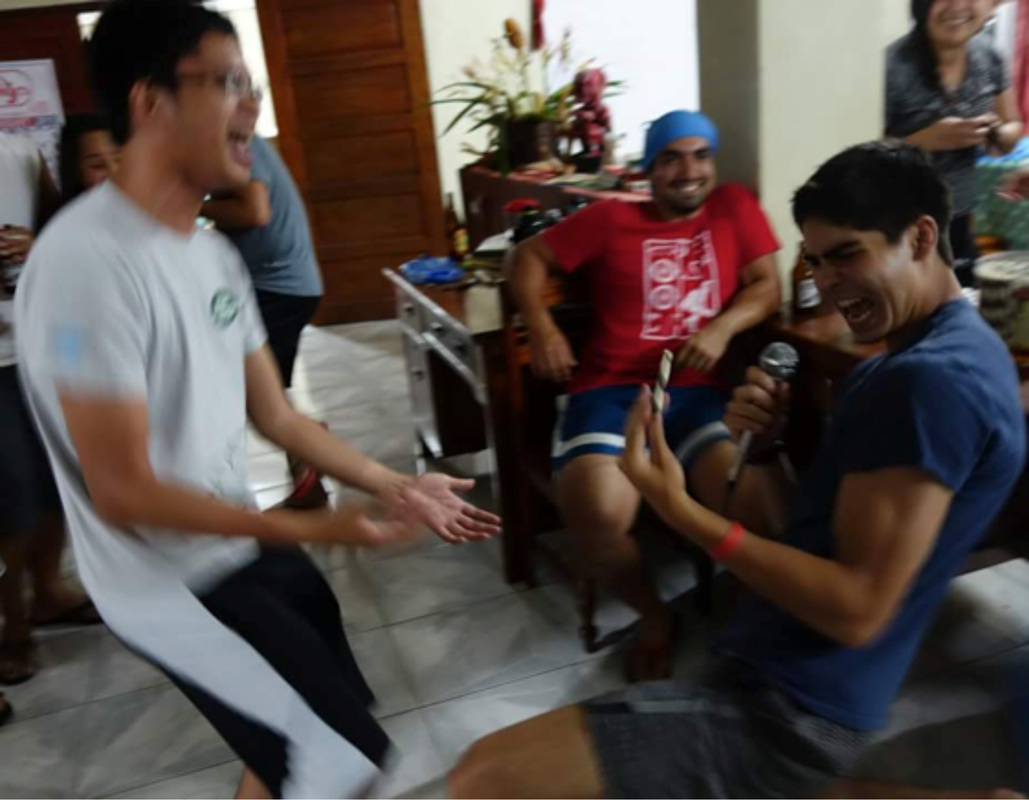
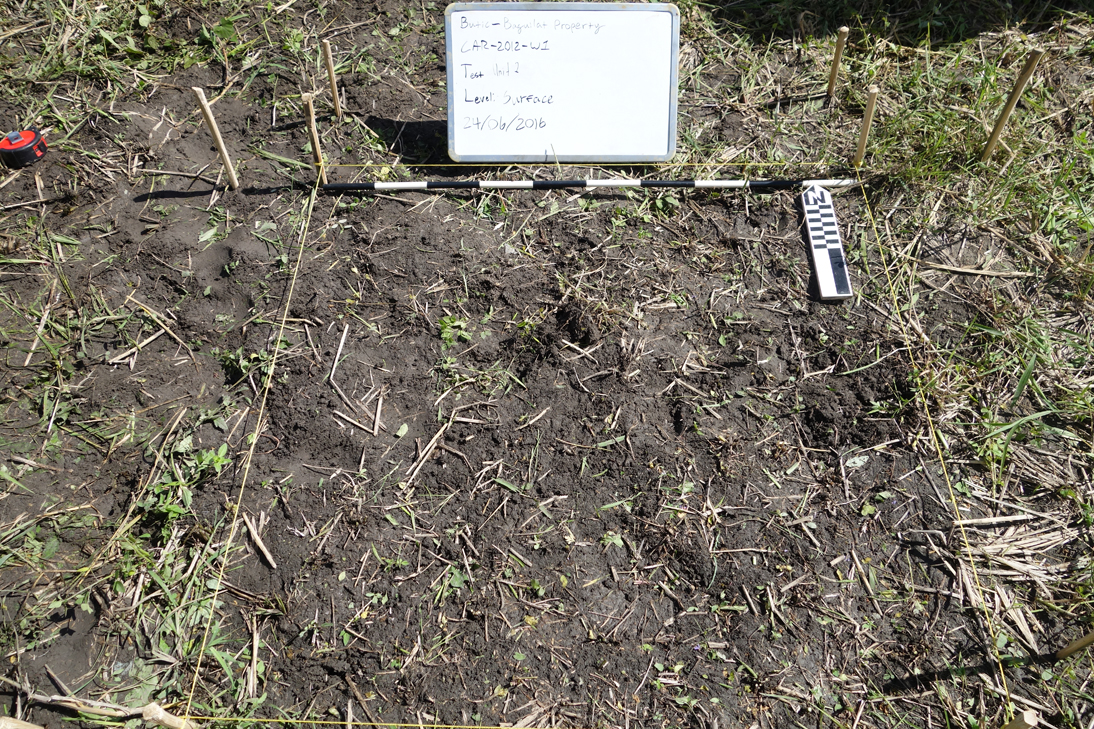
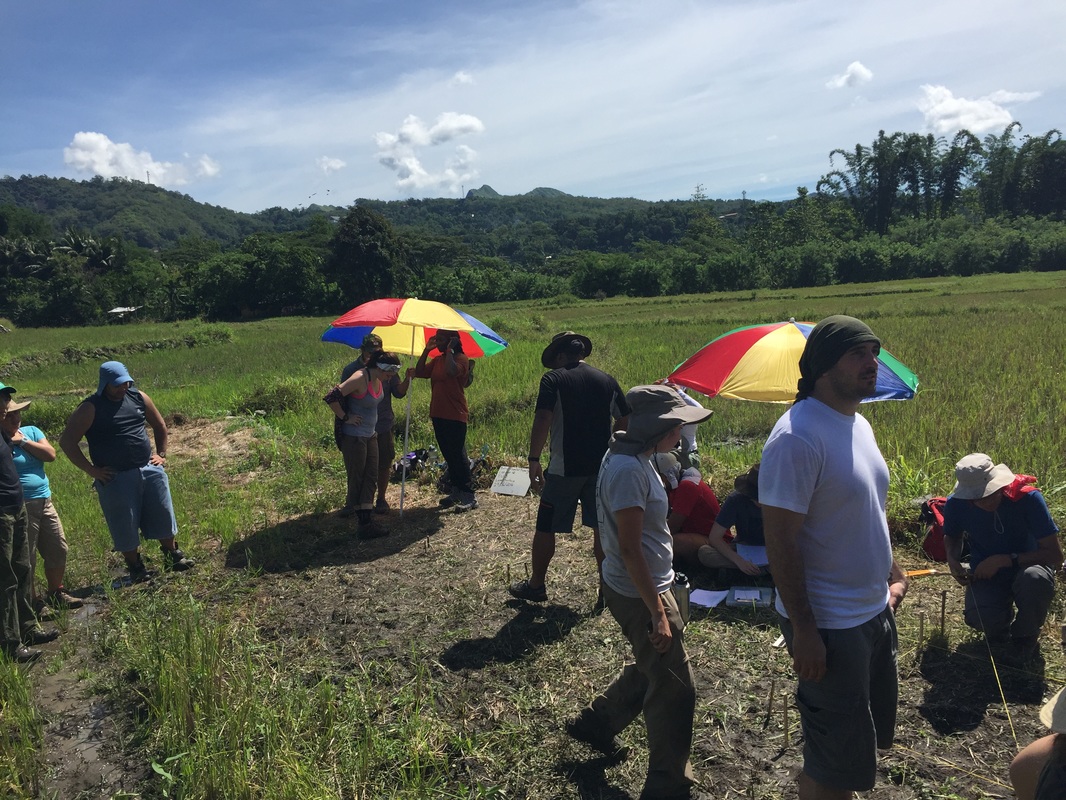
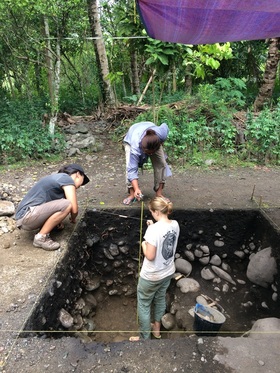
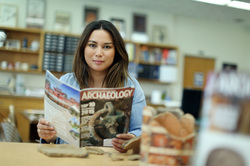
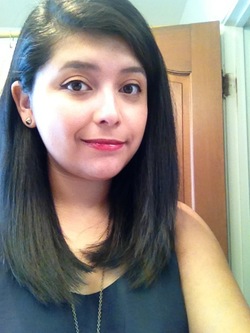
 RSS Feed
RSS Feed
